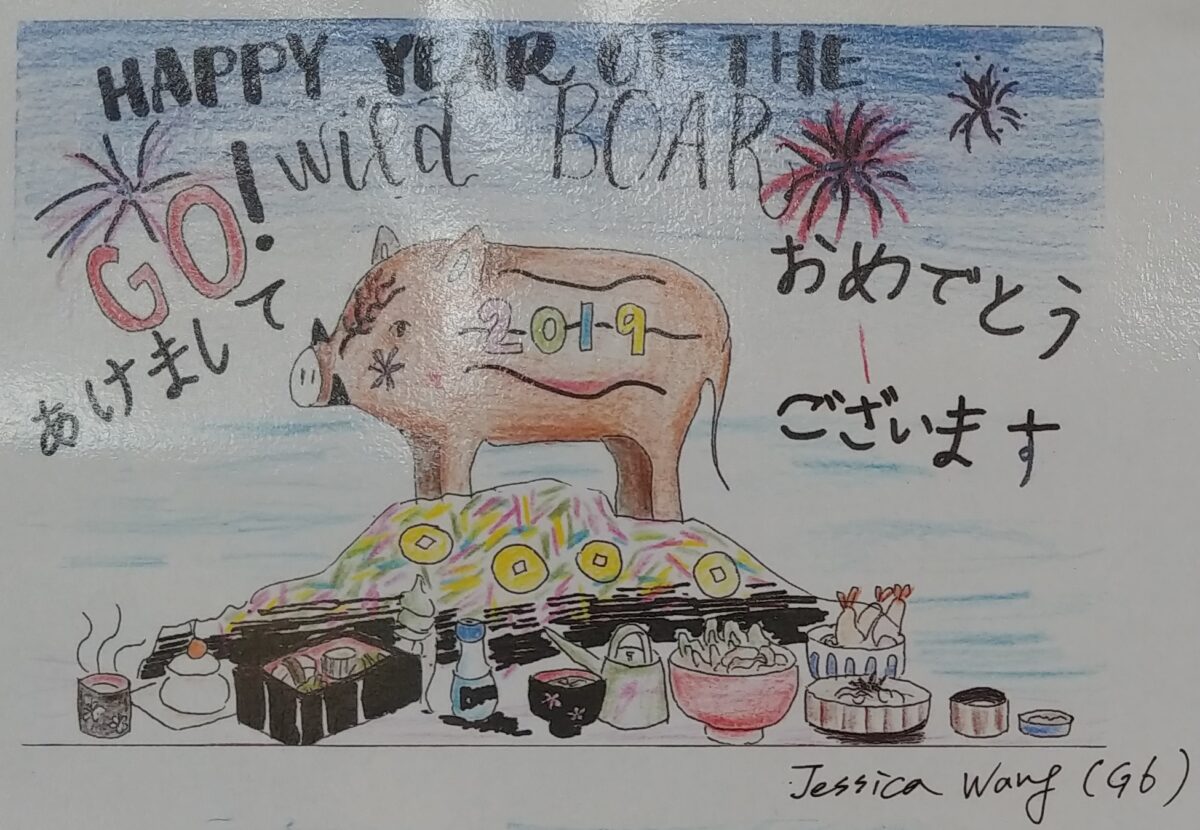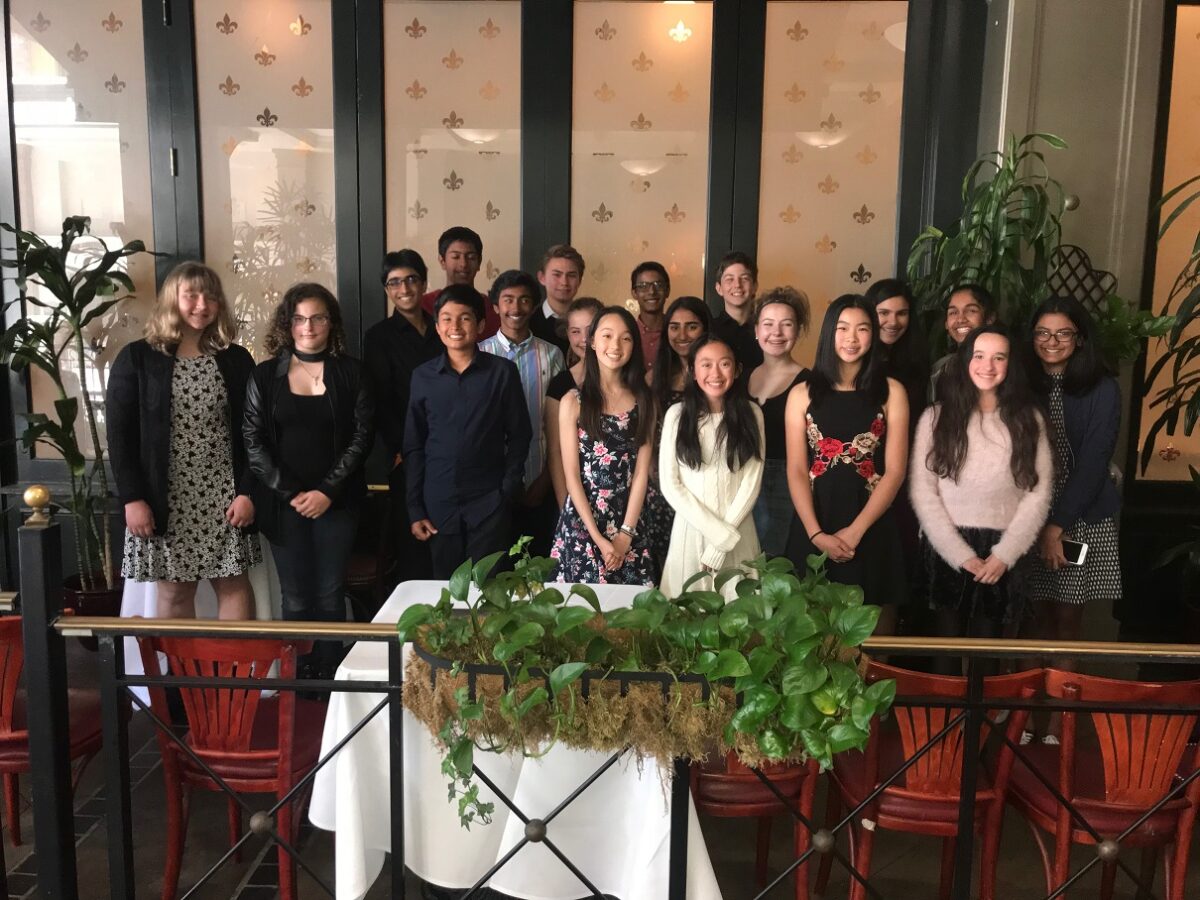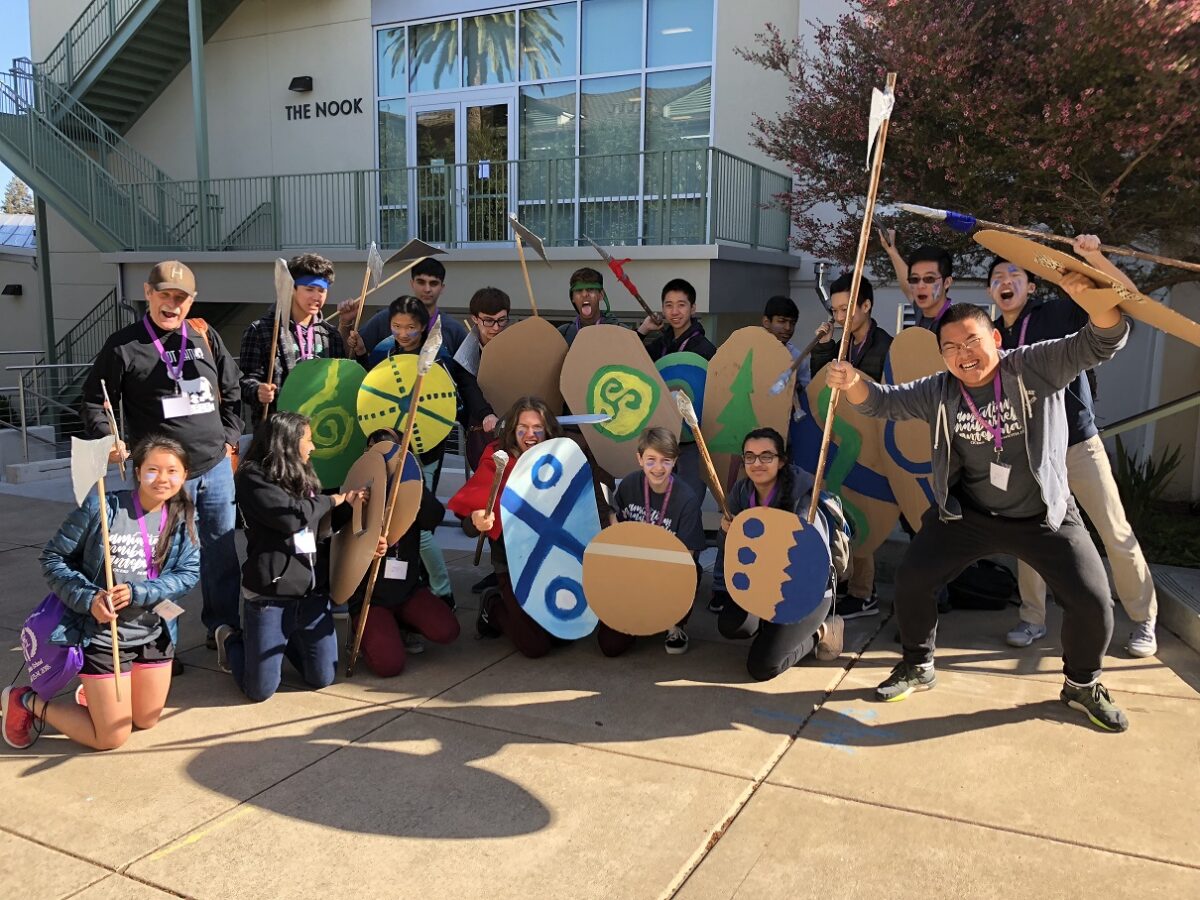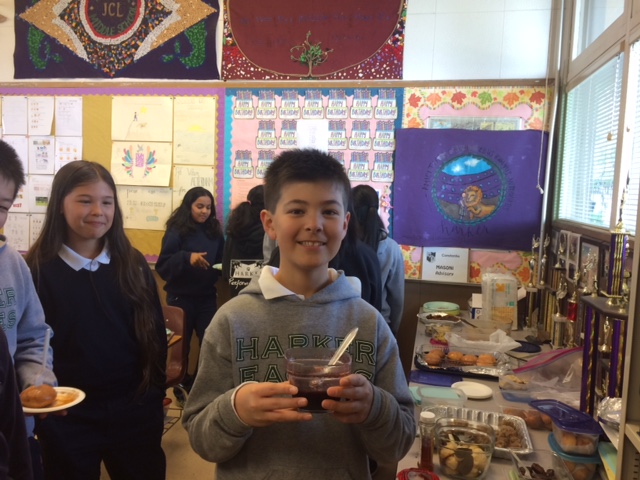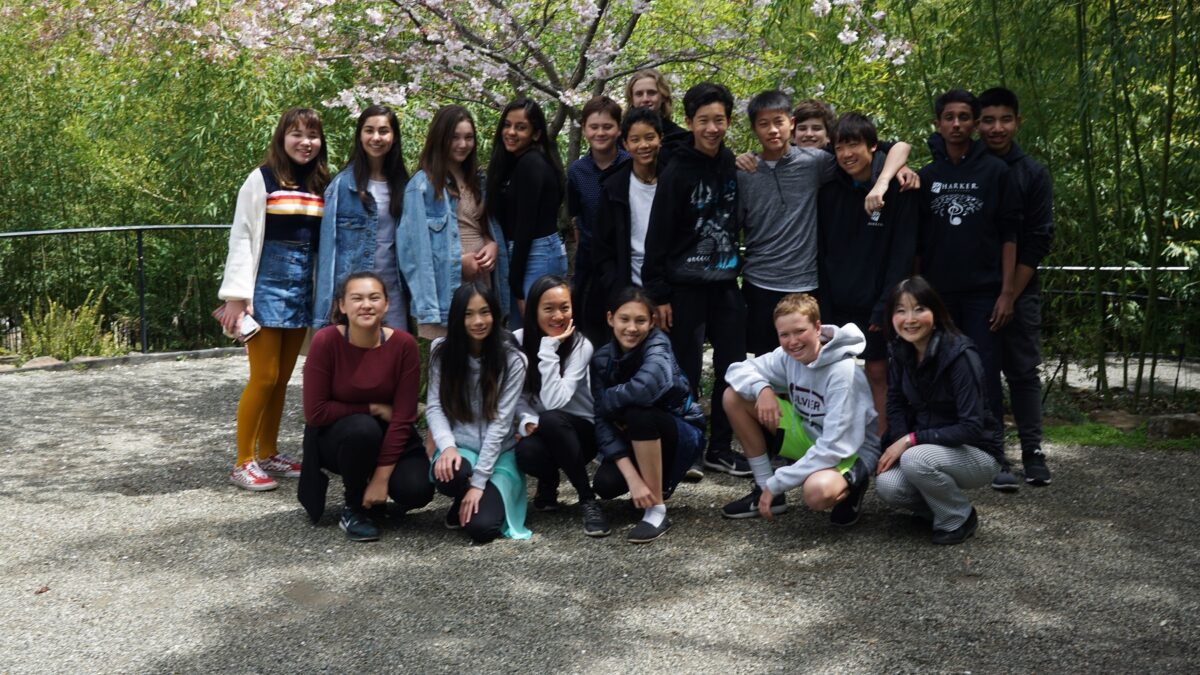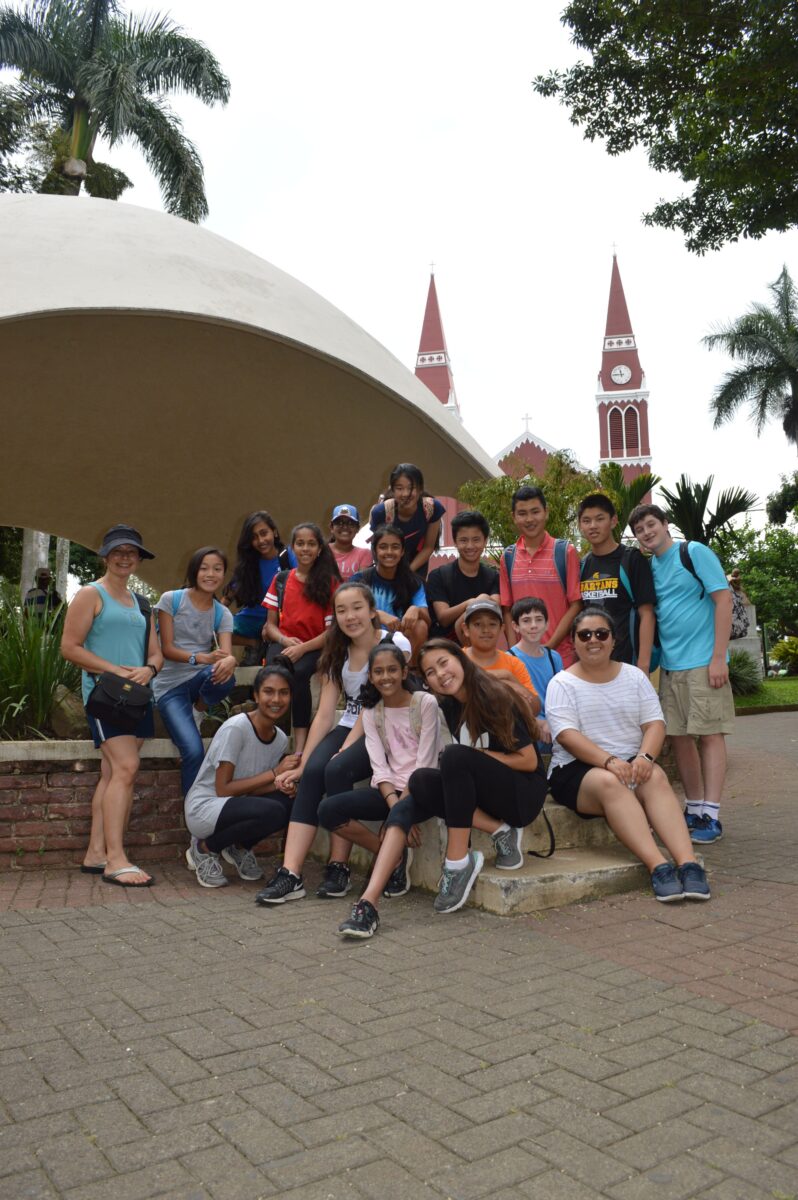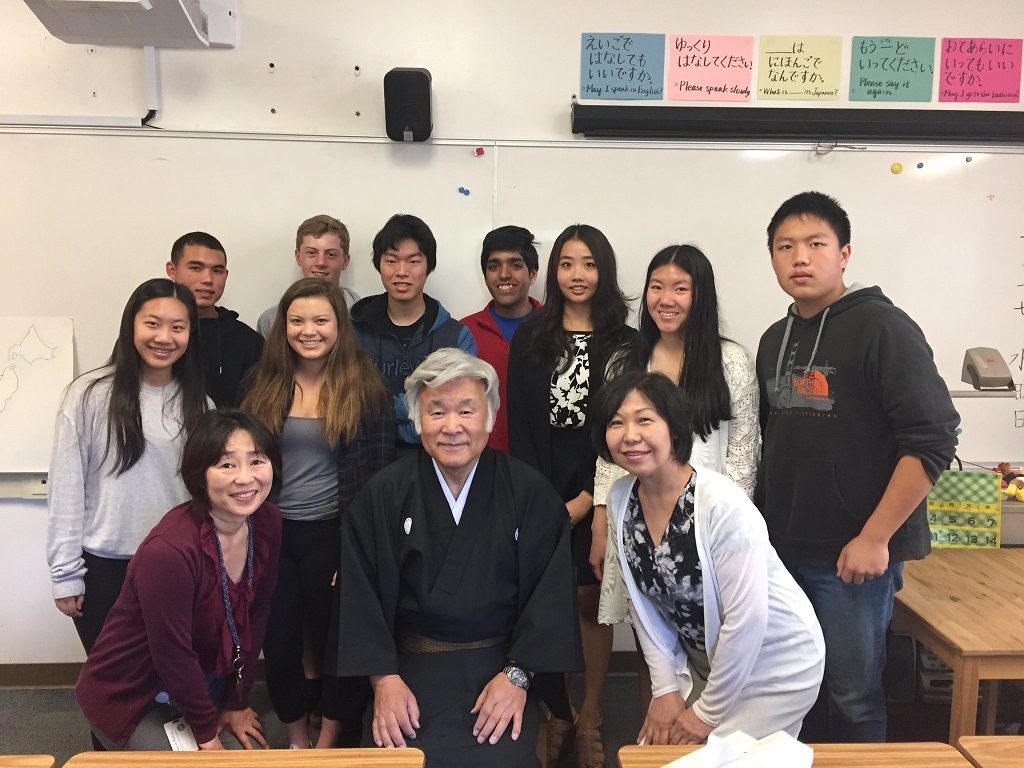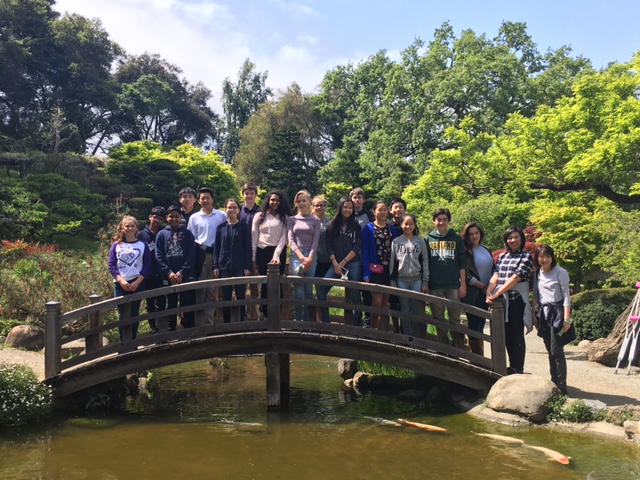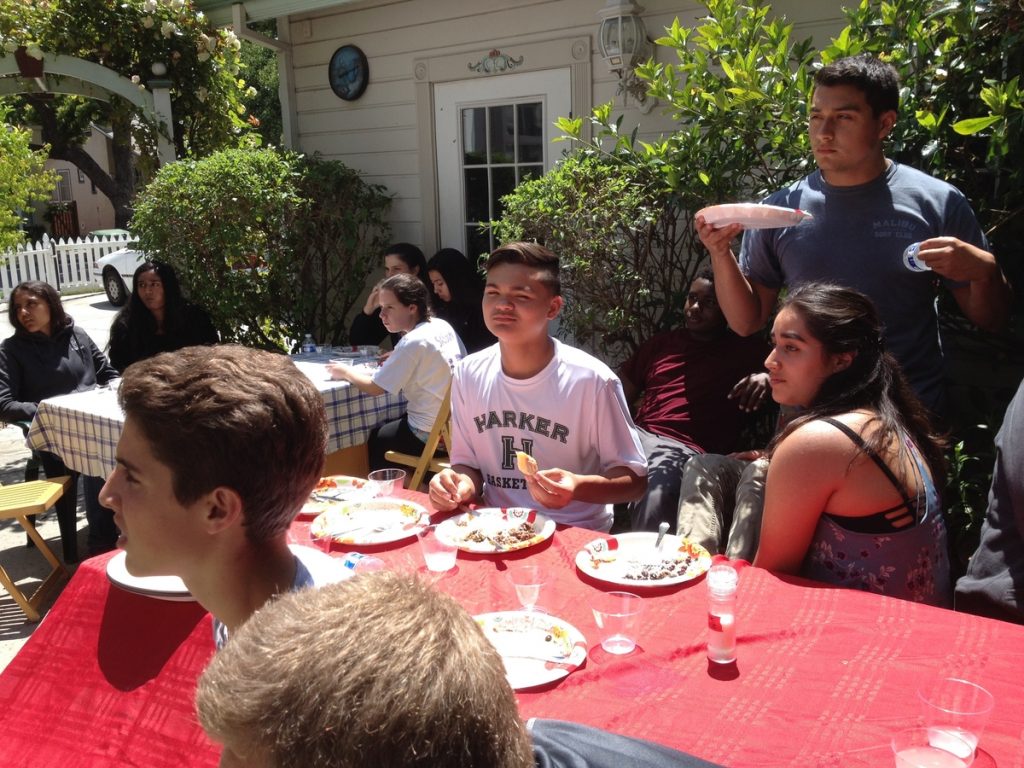Late last month, the Japan Information and Cultural Center at the office of the Consulate-General of Japan in San Francisco recognized three Harker students in its annual New Year’s greeting card contest.
Languages
Students learn more about French food and culture on restaurant field trip
Middle school French students visited the Left Bank restaurant at Santana Row for a taste of French food and culture.
Harker sees big wins at California Junior Classical League Convention
At the California Junior Classical League Convention, held on April 13 and 14 at Menlo School, Harker upper school Latin students were successful in a large number of events, with Harker taking first place overall in its division.
Middle school Latin students sample Roman cuisine to celebrate famed city’s birthday
Earlier this week, Lisa Masoni’s grade 6 Latin students celebrated Rome’s 2,771st birthday (which fell on April 21) by preparing and sampling various foods…
Japanese language students practice language skills during field trip
On April 16, students in Kumi Matsui’s Japanese 2M class went on a special field trip to learn more about Japanese culture and customs,…
Students trek through Costa Rica during annual summer trip
Over a two-week period in late July and early August, 16 middle school students traveled to Costa Rica for the annual summer Spanish immersion…
Japanese musician visits classroom, performs for students
Upper school Japanese language students received a special visit from musician Baisho Matsumoto on May 17. Wearing a black kimono, Matsumoto played a series…
Middle school Japanese language students visit Hakone Gardens
On April 11, Kumi Matsui’s Japanese language students embarked on a field trip to Hakone Gardens in Saratoga, where they put their Japanese skills…
Middle school Latin students use innovation lab to create Roman clothing
Late last month, several middle school Latin students went to work at the campus’ new innovation lab, creating clothing similar to that worn in…
Students Enjoy Authentic Cuban Cuisine at Harker Parent’s Home
The final unit of study for upper school Spanish 1 students is learning language related to food and restaurants. Upper school Spanish teacher Diana…
